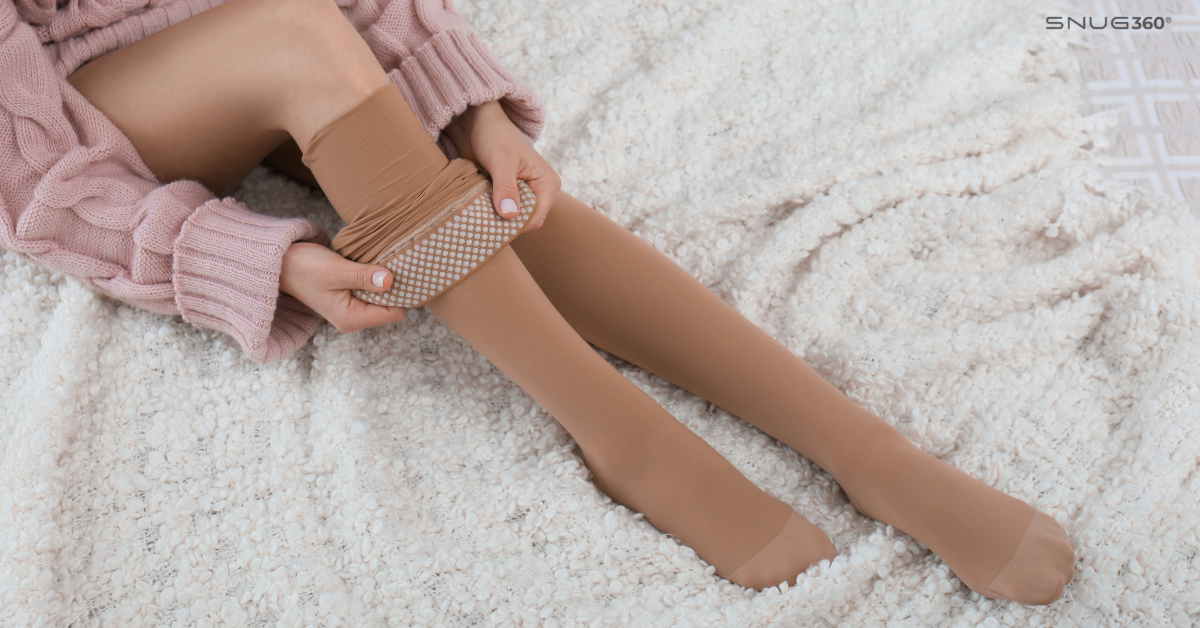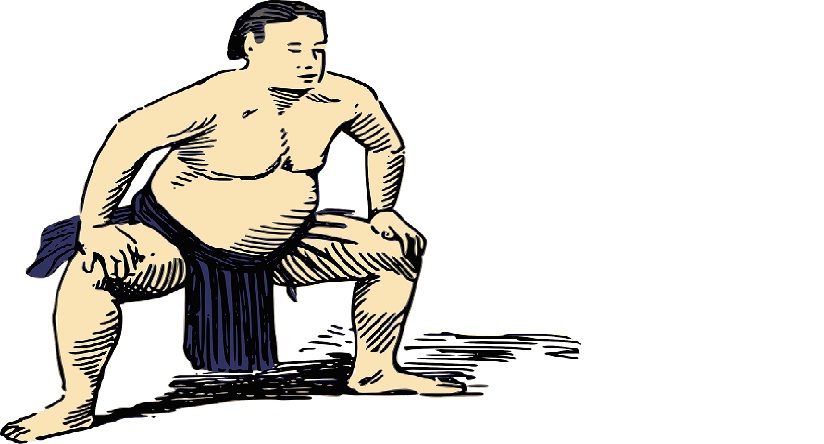Have you been running and noticing marathoners wearing those eye-catching calf-hugging compression socks? Well, as runners ourselves, we know this to be an answer that stands resounding yes: compression socks can make all the difference for training and performance! They go beyond being stylish accessories as they could potentially change how we train.
This comprehensive guide explores compression socks for running in great detail. It discusses their science-backed benefits, why adding them to your running gear may be advantageous, and how best to choose a pair that meets all of your running needs.
Why Compression Matters?
Have you ever run and felt your legs protest afterward or experienced muscle soreness that persists after a hard race or workout? Marathoners and weekend warriors have long used compression socks to reduce these symptoms, yet many remain unclear about how these intricate socks actually work their magic. Here, we explore this phenomenon further!
Gradual compression socks offer the solution. While regular socks conform to your feet uniformly, compression socks apply gradual pressure that gradually builds as you progress up your leg. This squeeze improves circulation in two ways.
Increased Blood Flow
When running, muscles produce lactic acid as a by-product of energy production, leading to fatigue and soreness. Compression socks serve as external pumps by returning deoxygenated blood and lactic acid to your heart for removal, providing fresh, oxygenated blood directly into muscles so they can work harder while recovering faster. This improved circulation allows fresh, oxygenated blood into working muscle groups for faster workouts and quicker recoveries.
Reduce Fluid Buildup
Running can cause fluid pools in your ankles and lower legs, which can lead to swelling and discomfort. Compression socks, with their graduated pressure, help minimize this buildup, improving circulation while decreasing post-run puffiness.
Compression socks may not be an instant fix; rather, they should be considered part of an overall training program, including nutrition, hydration, and rest. But their potential advantages for runners, ranging from reduced soreness to improved performance, cannot be denied. Next time you head out on a run, consider including compression socks as part of your gear and see if they help take it further!
Are Compression Socks Right for You?
Compression socks tend to be safe for most healthy runners; however, certain factors should be taken into consideration prior to lacing up a pair. Here is a breakdown to assist your decision:
Who Benefits Most?
All runners of various levels and experience can take advantage of compression socks. Here are a few groups that could experience more tangible advantages:
Distance runners: Compression socks may help runners reduce muscle fatigue and soreness for faster recovery and consistent training sessions.
Injury-Prone Runners: Compression socks may provide additional support that could reduce the risk of common running injuries such as shin splints & plantar fasciitis, potentially providing added support against common injuries like these.
Recovery-Oriented Runners: Compression socks make an excellent post-run partner to flush away lactic acid and decrease muscle soreness for quicker healing, helping runners emerge stronger for their next race.
Travel-loving runners: Sitting for extended periods on flights or long car rides increases your risk of blood clots. Compression socks can help improve circulation and decrease swelling during travel, helping runners minimize any health complications while improving circulation and decreasing leg swelling during their trips.
Are There Any Potential Drawbacks to Compression Socks?
Although generally safe, compression socks might not be right for everyone. Here are a few possible drawbacks that should be kept in mind:
Circulatory Issues: If you suffer from existing circulatory conditions, before considering wearing compression socks, it would be prudent to consult an expert healthcare practitioner first. Some cases suggest that these socks might restrict blood flow further and worsen your condition.
Snug Fit: Tight compression may feel restrictive for runners in hotter climates. If this feeling becomes bothersome, consider opting for more breathable materials and milder compression levels.
Cost: Although compression socks for running may cost more than their running counterparts, with proper care, they should last long enough for many runners to consider them an investment worth making.
Listening to Your Body
The only way to determine whether compression socks are right for you is to try them and see how your body responds. Pay particular attention to how they make you feel during and after runs—any discomfort or worsening of existing conditions must be immediately discontinued before consulting with a healthcare provider.
Finding the Perfect Fit: A Deep Dive
Now that you understand (or at least are intrigued) by compression socks, it is time to explore their fascinating range of features and find your ideal match. In this section, we will delve deeper into each key aspect and help you make informed choices when purchasing a compression sock pair for yourself or a loved one.
Select Your Compression Level
Finding the optimal compression level depends on several variables, including your running goals, experience level, and potential injury risks. Below is a handy guide that should assist in this endeavor:
New Runners or Recovery Focus: When starting out running or prioritizing post-run recovery, mild to moderate compression (15-30 mmHg) should provide gentle support while improving circulation without feeling constrictive or restricting.
Seasoned Runners for Injury Prevention: As your running volume and intensity increase, moderate compression (20-30 mmHg) becomes increasingly valuable to protect calf muscles and ankles against potential running-related injuries. It provides additional support to both calves and ankles and may reduce risks by supporting them better than before.
Experienced runners looking to push themselves may benefit from using moderate compression (20-30 mmHg). Improved circulation could theoretically bring more oxygen directly to their leg muscles for improved endurance and power output.
Keep this in mind: compression level is entirely subjective. Experiment with different settings until you find one that feels most accommodating and supportive for yourself.
Striking a Balance in Sock Length and Style
Compression socks offer runners various advantages and drawbacks depending on the length they select; here, we explore three primary categories.
Crew socks typically reach your ankle bone, providing both comfort and support. They are ideal for runners seeking lighter cushioning in hotter climate conditions; however, they offer less compression support to calves than longer options.
Ankle Socks: Ideal for running during hot summer runs, ankle socks offer minimal coverage with maximum breathability while offering less support and compression to calves and ankles compared to other socks on the market. Unfortunately, this may not be suitable for runners prone to injuries who are seeking substantial muscle recovery benefits.
Knee-High Socks: Knee-high socks are among the top choices for runners, providing maximum compression and support to the entire lower leg region - calves, ankles, and shins alike. Knee-highs may prove particularly helpful to runners experiencing shin splints, calf pain, or simply looking to maximize support during their runs.
Additional Style Considerations
Length: It is certainly important; however, there are also other style elements worth keeping in mind for optimal comfort and performance:
Open-Toe Designs: Open-toe compression socks for runners offer runners more ventilation when running outdoors in hotter environments. However, their lack of compression could prove uncomfortable to some runners.
Built-In Arch Support: If you run with flat feet or need additional stability, socks with built-in arch support may be lifesavers. Their arch band helps distribute pressure evenly over your foot's arch area to promote better alignment while decreasing fatigue during long runs.
Material Matters for Cool and Dry Feet
Sweat can be detrimental to running comfort and performance, which makes the material of compression socks even more important for success. Here is a breakdown of popular materials with their key benefits for runners:
Moisture-wicking Synthetics: Polyester and nylon fabrics are popular choices because they wick away sweat quickly, keeping feet cool and comfortable during runs. While synthetic materials may wick sweat from the skin quickly, some runners might find natural fibers slightly more breathable than synthetics.
Merino Wool: For runners looking for effective moisture management, natural wonder merino wool socks may be your solution. With its ability to wick away sweat efficiently while simultaneously absorbing some moisture without feeling damp, merino wool provides year-round wearability while remaining comfortable year after year - keeping feet cool in summer while warm in winter! Additionally, its inherent antimicrobial qualities provide additional advantages - not to mention naturally anti-odor properties; runners put their socks through rigorous wear!
How to Find Your Ideal Size:
Follow these steps in order to find the perfect fit of the compression socks for runners:
Measure Your Feet: Use a tape measure to take an accurate circumferential measurement around the widest part of your foot (typically around the ball of your foot).
Referring to a Sizing Chart: Every compression sock brand provides an online or printed chart showing its size ranges. On this list, select one that corresponds with your foot measurements.
Consider Calf Circumference: Some brands might ask you for your calf circumference measurement for knee-high socks so the socks fit comfortably without feeling restrictive. This way, you'll know your socks won't slip down too low when sitting.
Sizing Up Is Recommended: When in doubt about a size, it's always wiser to size up compression socks, which should feel snug without restricting circulation or growth.
Conclusion
Understanding and considering each feature when choosing compression socks will enhance your running experience. Experimentation is key; find socks with optimal compression levels, length, style, material composition, and material construction that meet both comfort and support for you during runs.
Ready to experience how compression socks for runners can change things for good on runs? Look no further than SNUG360; our extensive range of high-quality compression socks made specifically for runners can transform them!









